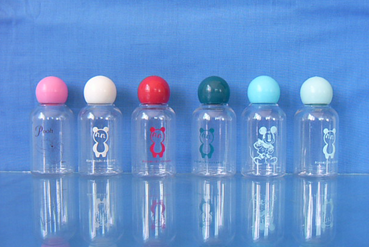Negative Impact on the Ecological Environment of Waste Plastics
Since twentieth century when plastic products came into being, plastic products have been widely used in all kinds of areas for its features of light weight, high rigid, erosion resistance, chemical stability, convenient process, good-looking and practical. Since it is hard to degrade naturally, effective management of waste plastic products has become an outstanding environmental problem.
Though normal burying technology has low investment, it occupies large areas and influences soil permeability, prevents plants from breathing and absorbing nutrients.
Though burning makes it possible to reduce volume and recycle some resource, large scales of harmful lightweight hydrocarbons, nitrides, sulfides and highly toxic dioxins, which directly threaten human and the environment healthy and safety; besides, HC1 gas produced during burning will lead to more intensive acid rain.
Recycling waste plastic can not only prevent environment pollution, but also make full use of limited resource to make more environment and economy benefit.

First, influence on organism.
There is large proportion of PAEs in PVC. It is reported that PAE is toxic, disrupts endocrine and cause disorders to human reproductive. In addition, it is hard to degrade and PVC waste poured in the ocean has lead to large scales of marine organism death.
Second, influence on soil and atmosphere
Waste plastic is biodegradable polymer compound, if buried under soil, it will damage soil original good properties, prevent fertilizers from evenly distribute. Thus stop plants from growing well. Buried waste plastic material may penetrate into groundwater and threaten rounding environment.
Third, waste numerous non-renewable resources
For large numbers of waste plastic produced every year, if not taking positive recycling measures, a big waste of increasingly scarce non-renewable coal, Petrolane and natural gas.
